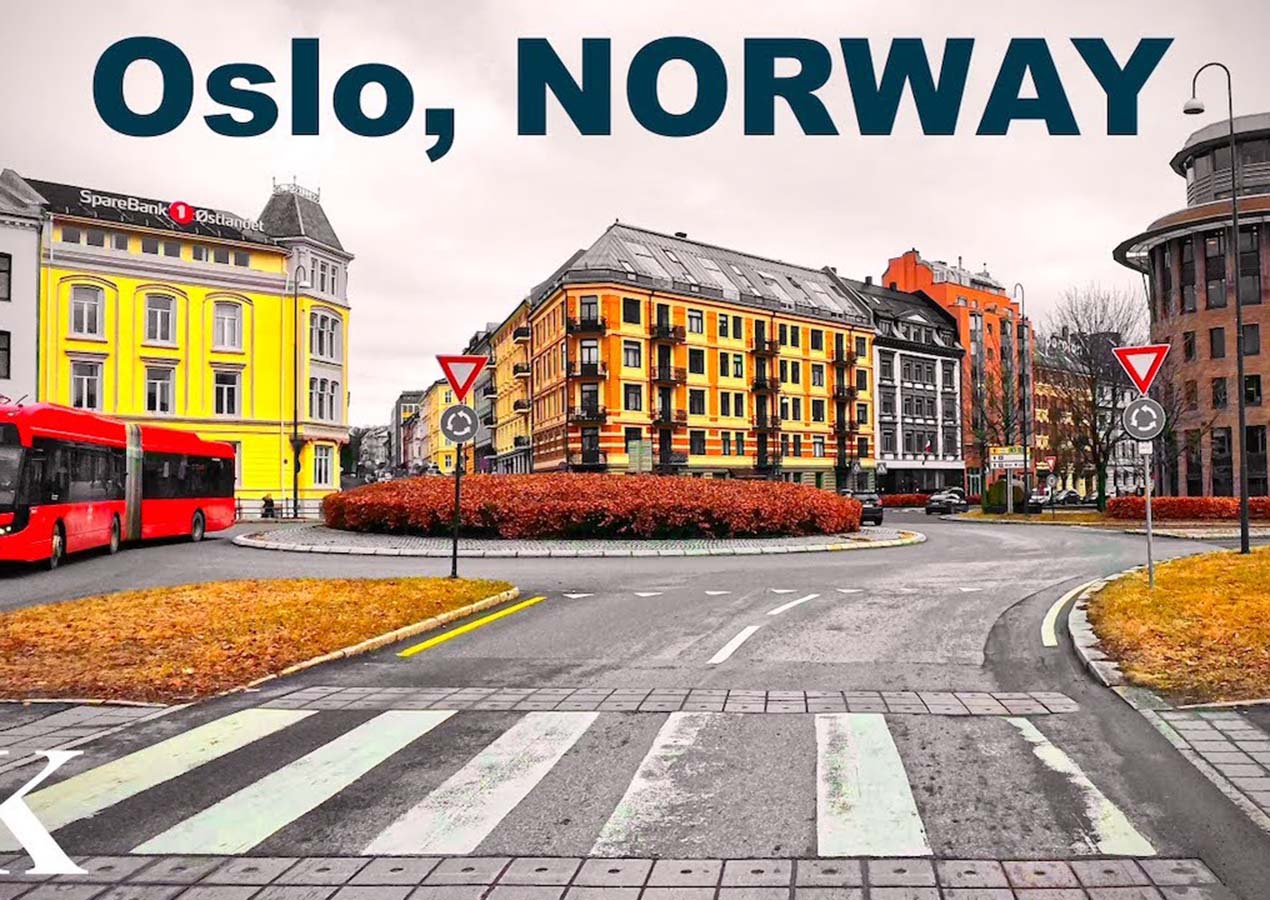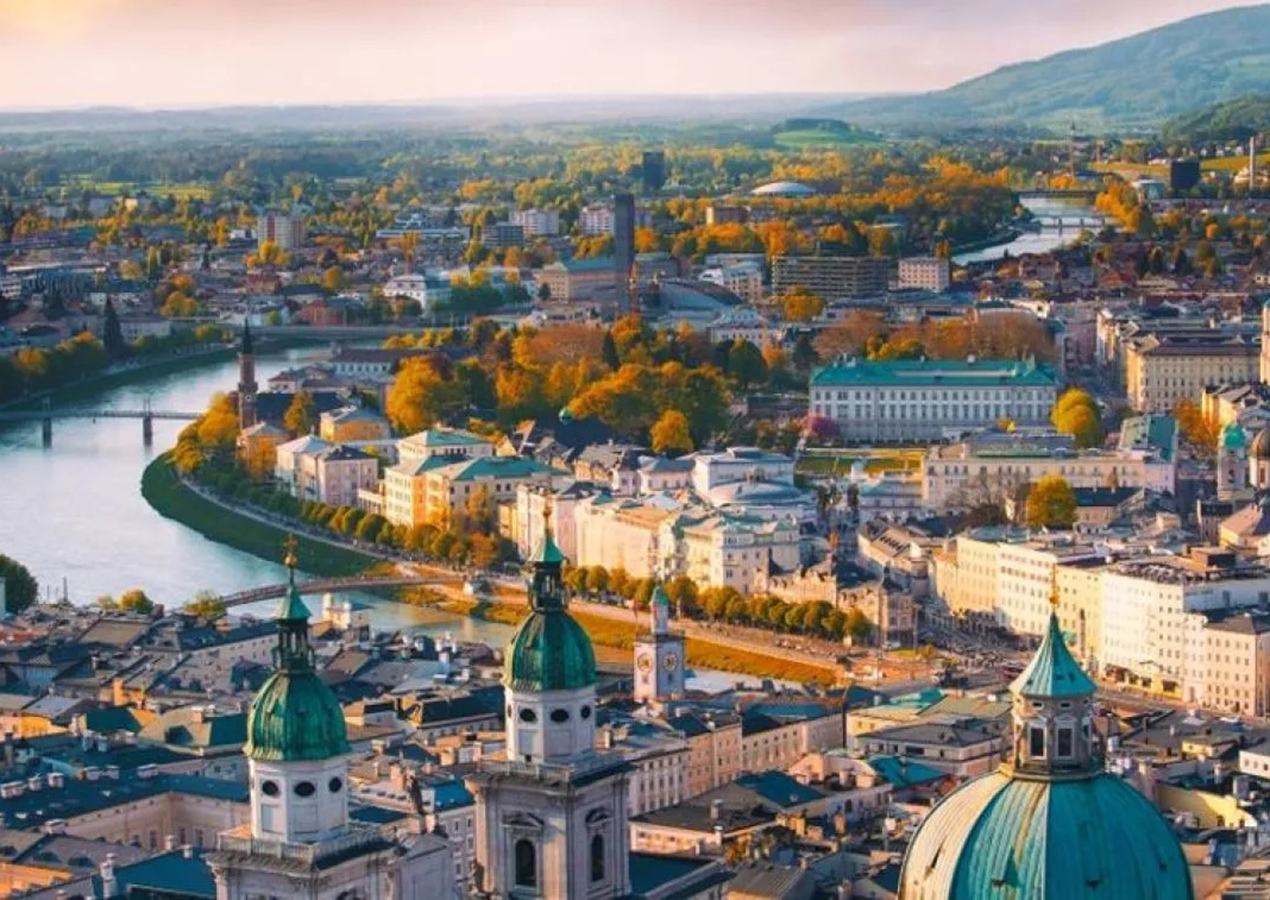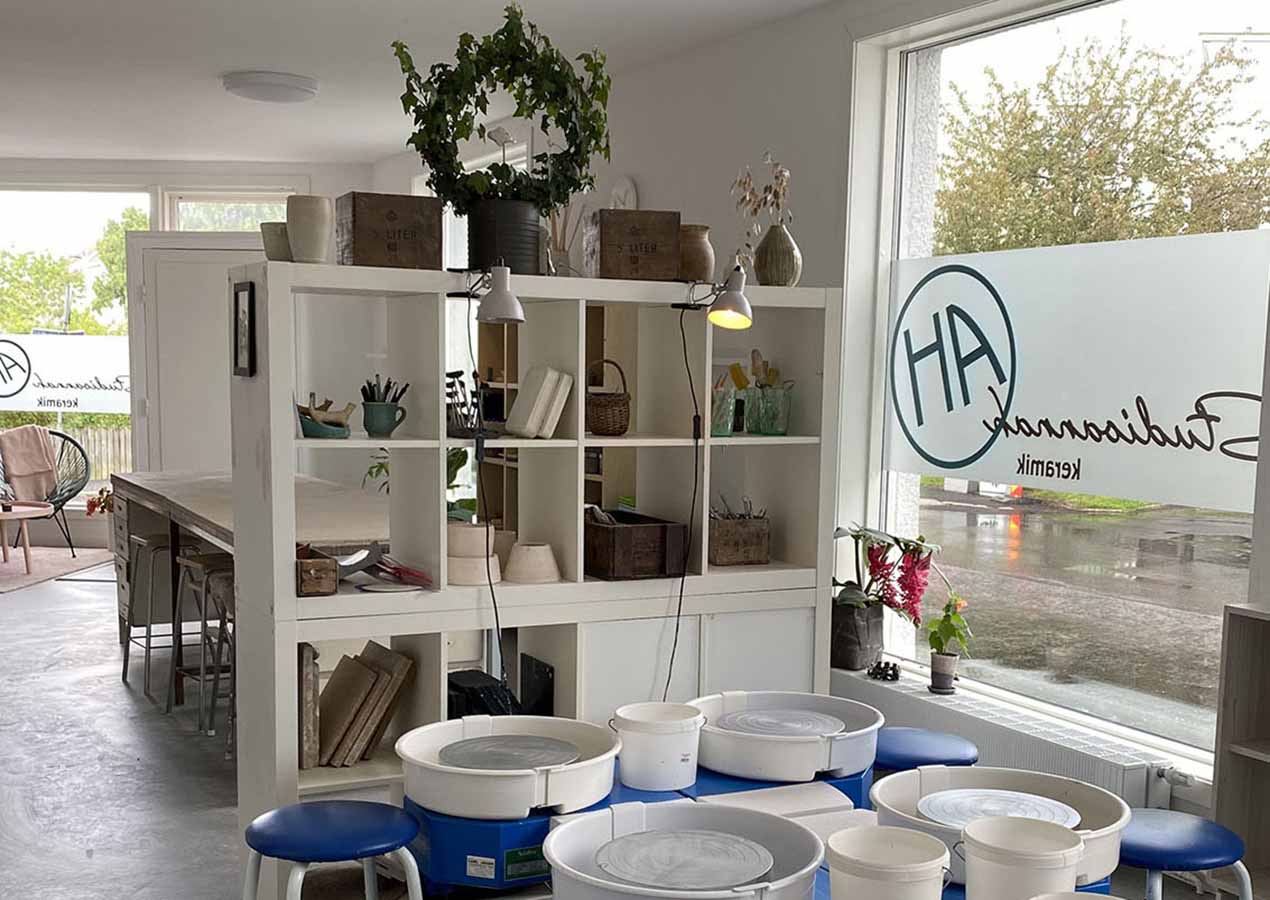Oslo, the charming capital of Norway, offers a unique blend of modern sophistication and natural beauty. From its stunning fjords and vibrant culture to its rich history and delectable cuisine, Oslo has something for every traveler.
Preparing for Your Oslo Adventure
Travel Gear and Appropriate Attire
Oslo’s weather can be quite variable, so it’s crucial to pack wisely. During my trip, I found that layering was key. I packed a warm, waterproof jacket, as rain showers are common, and temperatures can drop unexpectedly, even in summer. A good pair of walking shoes is essential since the city is best explored on foot. I also brought along a hat, gloves, and a scarf for added warmth during cooler days.
For those visiting in winter, ensure you have thermal layers and insulated boots, as snow is frequent. Conversely, summer travelers should pack light layers, as the weather can be pleasantly mild but still cool in the evenings.
Currency Exchange
Norway uses the Norwegian Krone (NOK), and while credit and debit cards are widely accepted, having some cash on hand is useful for small purchases. I exchanged some money at the airport upon arrival, but for better rates, I recommend using local exchange offices or withdrawing cash from ATMs. Be mindful of exchange fees, which can vary.
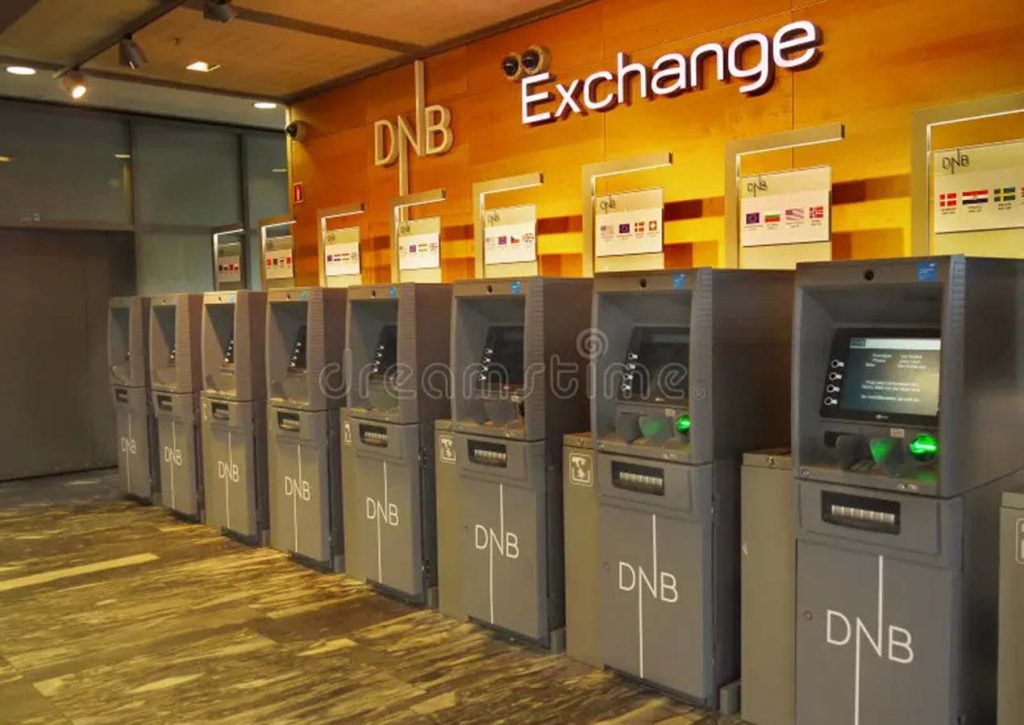
Getting a Local SIM Card
Staying connected is easy in Oslo. I purchased a local SIM card from a kiosk at Oslo Gardermoen Airport. Several providers, including Telenor and Telia, offer prepaid SIM cards with various data and talk time options. The process was straightforward, and I was able to activate the card with the help of the store staff. Ensure your phone is unlocked before buying a local SIM to avoid compatibility issues.
Understanding Local Etiquette
Cultural Norms
Norwegians are known for their politeness and respect for personal space. When greeting, a firm handshake is customary, and it’s polite to address people by their titles and surnames unless invited to use their first names. In public spaces, it’s important to keep noise levels low and avoid interrupting conversations.
During my stay, I encountered a situation where I mistakenly tried to queue jump at a busy café. A friendly local gently reminded me of the queuing etiquette, and I appreciated the courteous correction. Such interactions are a reminder of the importance of observing local customs.
Tipping
Tipping is not obligatory in Norway as service charges are included in the bill. However, rounding up the bill or leaving a small amount for exceptional service is appreciated. During my dining experiences, I noticed that rounding up the bill was a common practice, especially in restaurants.
Exploring Oslo: Must-See Attractions
1. The Viking Ship Museum
Located on Bygdøy Peninsula, the Viking Ship Museum showcases well-preserved Viking ships and artifacts. This museum offers an immersive glimpse into Norway’s seafaring past and the grandeur of Viking civilization.
How to Get There
I took a short ferry ride from the city center to Bygdøy Peninsula, which was both enjoyable and convenient. Alternatively, you can take a bus or taxi to the museum. The museum is clearly signposted and easy to find once you arrive on the peninsula.
Admission and Tips
Tickets cost approximately NOK 100 for adults, with reduced rates for students and seniors. The museum is small, so allocate around 1.5 to 2 hours for a visit. To avoid long queues, try to visit early in the day.
2. The Oslo Opera House
The Oslo Opera House, located on the waterfront in the Bjørvika district, is an architectural marvel. Its striking design allows visitors to walk on the roof and enjoy panoramic views of the city and fjord.

How to Get There
From the city center, the Opera House is a 15-minute walk or a short tram ride. Public transport is efficient, and the Opera House is well-signposted.
Admission and Tips
Access to the roof is free, but if you wish to attend a performance, tickets range from NOK 100 to 1000 depending on the show and seating. Booking in advance is recommended, especially for popular performances. The Opera House also has a café where you can enjoy a coffee with a view.
3. The Royal Palace
The Royal Palace, situated at the end of Karl Johans Gate, is the official residence of the Norwegian monarch. The palace grounds and the changing of the guard ceremony are open to the public, providing a glimpse into Norwegian royal traditions.
How to Get There
It’s easily accessible from the city center, either by a short walk or by tram. The palace is located at the top of Karl Johans Gate, a major shopping street.
Admission and Tips
The palace grounds are free to visit, but guided tours of the interior are available from June to August, costing around NOK 130. Booking in advance is advisable during peak tourist seasons.
4. The Munch Museum
The Munch Museum is dedicated to the works of Edvard Munch, the renowned Norwegian artist best known for his iconic painting, “The Scream.” The museum houses a comprehensive collection of Munch’s paintings, prints, and drawings.
How to Get There
Located in the Tøyen area, the museum is accessible by bus or metro from the city center. The nearest metro station is Tøyen, which is a short walk from the museum.
Admission and Tips
Entry costs around NOK 100, with discounts for students and seniors. The museum is relatively small, so a visit can be comfortably completed in 1.5 to 2 hours. Check the museum’s website for special exhibitions and events.
Savoring Oslo’s Street Food
Popular Street Eats
Oslo’s street food scene offers a variety of delicious options. Some popular choices include:
- Hot Dogs: Norwegian hot dogs, known locally as “pølser,” are a staple street food. You can find them at kiosks and food trucks throughout the city, often served with a range of toppings.
- Kjøttkaker: These traditional Norwegian meatballs are served with lingonberry sauce and mashed potatoes. Look for them at food stalls and local markets.
- Sveler: Norwegian pancakes, often enjoyed with jam or butter, can be found at bakeries and street food vendors.
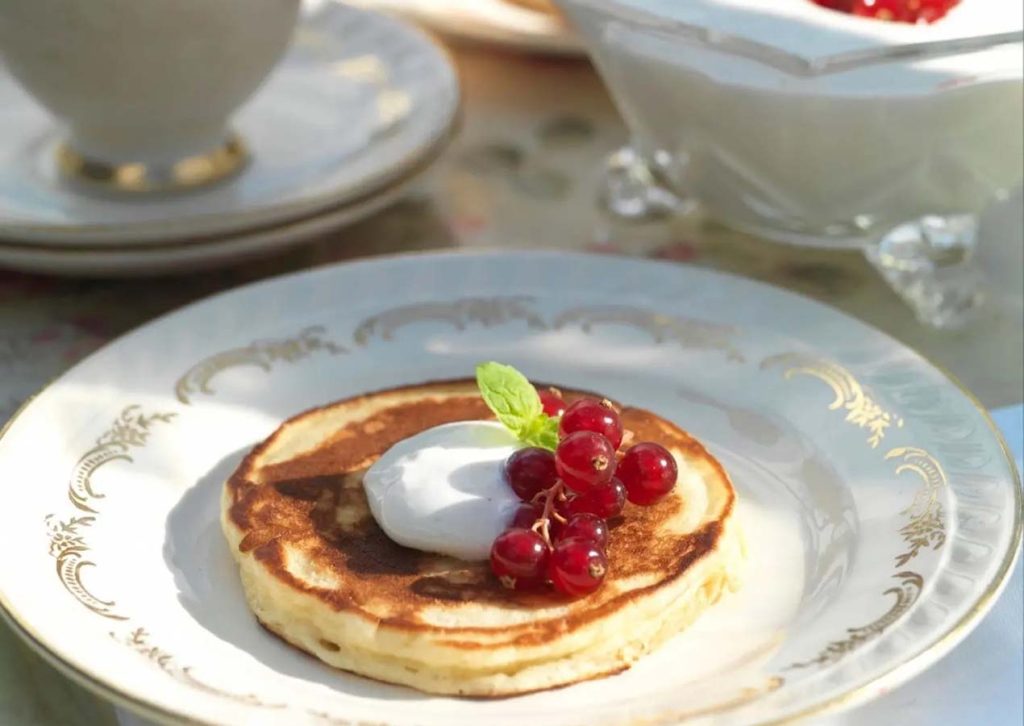
Food Safety Tips
When enjoying street food, ensure the vendor follows hygiene practices. Look for clean preparation areas and observe whether the food is cooked fresh. I found that most vendors in Oslo maintain high standards of cleanliness and food safety.
Planning Your Oslo Itinerary
Sample Itinerary
For a well-rounded experience in Oslo, consider a three-day itinerary:
- Day 1: Explore the Viking Ship Museum, walk around the Opera House, and visit the Royal Palace.
- Day 2: Spend time at the Munch Museum, enjoy a stroll in the Vigeland Sculpture Park, and visit the Nobel Peace Center.
- Day 3: Take a fjord cruise or explore the Bygdøy Peninsula, followed by shopping and dining in the city center.
Budgeting Tips
Oslo can be pricey, so it’s wise to budget carefully. Plan for accommodation, meals, and entrance fees to attractions. Consider purchasing a city pass for discounts on transportation and entry to multiple attractions.
Travel Insurance
Travel insurance is essential for peace of mind. Opt for a policy that covers medical emergencies, trip cancellations, and lost luggage. I found that comprehensive coverage provided reassurance throughout my trip.
Oslo is a city that combines rich history, stunning architecture, and natural beauty. By preparing thoughtfully, respecting local customs, and exploring key attractions, you can make the most of your visit.
